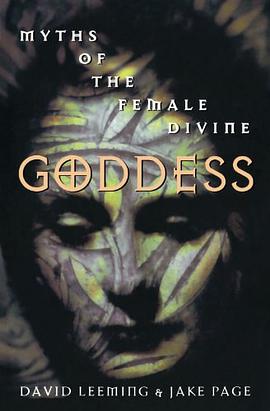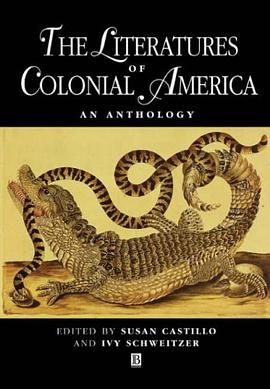

Preface by Donald Keene
Taketori Monogatari (The Tale of the Bamboo Cutter) was probably written late in the ninth or early in the tenth century. Mention at the end of the tale that smoke still rose from Mount Fuji, a sign it was an active volcano, is an important clue to the date of composition, for we know that by 905 A.D. the mountain had ceased to emit smoke. Regardless of exactly when the tale was first set down on paper, it is the oldest surviving Japanese work of fiction; The Tale of Genji (written about 1010) referred to it as the "ancestor of all romances."
Many theories have been published about the authorship, but they are little more than guesses. The names of five suitors, resembling those of members of the Japanese court of the eighth century, have suggested to some scholars that the The Tale of the Bamboo Cutter was conceived of as a satire directed against a certain court faction, but this is not how the work was read in later centuries. Today it is thought of mainly as a children's story, and Kaguya-hime, the heroine, looks in the illustrations as lovable as Snow-White or Cinderella; there is no suggestions of the heartlessness that is perhaps her most memorable feature
Elements in the narrative recall similar tales from other parts of the world. The tests to which the suitors are subjected resemble the riddles asked by the icy Princess Turandot, or we may recall the three caskets among which the suitors had to choose in The Merchant of Venice. Perhaps the most interesting aspect of the tests Kaguya-hime imposes is the humor with which they are related. The second suitor's lyrical description of the magical island of Horai, where he allegedly found the jeweled branch, is interrupted by the mundane demands of the artisans who actually made it. Again, the fourth suitor, at the end of his unsuccessful quest, urges his men to stay away from the vicinity of the house of "that thief of a Kaguya-hime." Such a characterization of the heroine takes us from the realm of the children's story.
Many texts of The Tale of the Bamboo Cutter have come down, each with its share of variant. The names of the characters differ somewhat from text to text or even within the same text. The differences are not confined to names: towards the end, when the old man is attempting to prevent Kaguya-hime from being taken off to the moon, he urges his men to shoot anything they see in the sky, no matter how small, and they assure him that they will shoot down "even a mosquito." But other texts mention not a mosquito but a bat; perhaps some scribe thought it was a bit too farfetched for anyone to shoot down a mosquito, and changed the word to a larger flying object.
There are other problems in the text. Near the beginning the Bamboo Cutter says of himself that he is over seventy years old, but towards the end (twenty years later) we are told that he has just turned fifty. It seems likely that there was a copyist's error, but some scholars, taking the figure given at the end as the Bamboo cutter's real age, have suggested that twenty years earlier, when he was only thirty, he may have been one of the suitors for Kaguya-hime's hand. Such problems in the text should not, however, prevent us from enjoying the storyteller's art.
About thirty-five years ago I first published a translation of The Tales of the Bamboo Cutter in the journal Monumenta Nipponica. A few years later-in the summer of 1965-a Japanese publisher conceived the plan of a book that would incorporate my translation, the translation into modern Japanese by the great novelist Yasunari Kawabata, and illustrations by one of the outstanding contemporary Japanese painters. I decided to take advantage of the opportunity to revise my translation.
About this time, I visited an exhibition of kirie (paper-cut pictures) by Masayuki Miyata, and discovered that he had actually completed series of works illustrating The Tale if the Bamboo Cutter. I was delighted that at last it would be possible to realize the project first conceived so many years before. There were still further delays, but at last the book has materialized. It combines the work of unknown Japanese writer of over a thousand years ago, the translation by a master of modem Japanese, illustrations by an outstanding artist, and a translation by an American who has devoted his life to the study of Japanese literature.
具體描述
讀後感
評分
評分
評分
評分
用戶評價
萬年宅女輝夜姬玩弄5個高富帥的感情並最終把他們全都拋棄然後去瞭月♀亮上的故事。。。(竟然沒人評價(¯﹃¯)
评分萬年宅女輝夜姬玩弄5個高富帥的感情並最終把他們全都拋棄然後去瞭月♀亮上的故事。。。(竟然沒人評價(¯﹃¯)
评分萬年宅女輝夜姬玩弄5個高富帥的感情並最終把他們全都拋棄然後去瞭月♀亮上的故事。。。(竟然沒人評價(¯﹃¯)
评分萬年宅女輝夜姬玩弄5個高富帥的感情並最終把他們全都拋棄然後去瞭月♀亮上的故事。。。(竟然沒人評價(¯﹃¯)
评分萬年宅女輝夜姬玩弄5個高富帥的感情並最終把他們全都拋棄然後去瞭月♀亮上的故事。。。(竟然沒人評價(¯﹃¯)
相關圖書
本站所有內容均為互聯網搜索引擎提供的公開搜索信息,本站不存儲任何數據與內容,任何內容與數據均與本站無關,如有需要請聯繫相關搜索引擎包括但不限於百度,google,bing,sogou 等
© 2025 qciss.net All Rights Reserved. 小哈圖書下載中心 版权所有




















